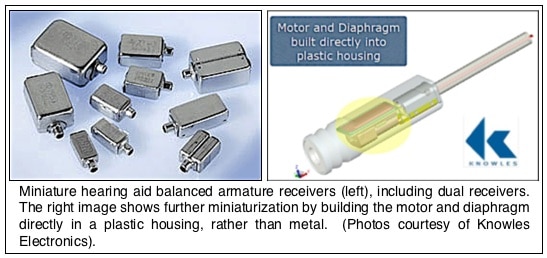We continue this week with our “faux” Clinical Practice Guideline for Acute Vertigo. There are several benefits in having a CPG that is developed through cooperation between medical specialty societies. The process includes in depth examination, discussion and summary of the existing research. Based on that, the panel makes a recommendation as to the most logical action to take given a particular patient type or set of clinical sign and symptoms. These have been called “Action Statements”, and some suggestions with a related reference/excerpt or two will follow.
The inspiration for this idea is the excellent recent CPG currently under review for Vestibular Rehabilitation. The idea of a CPG or Clinical Decision Rule (CDR) has been around for quite some time, but we don’t have one for acute vertigo yet. In a 2008 survey of Emergency Department (ED) physicians, they were asked to rate which conditions would benefit from a CDR. Overall, they chose the febrile child as the most vexing, but they chose “central or serious vertigo” as the top priority for adult patients.
In addition to the obvious benefit of improving patient care, there would likely be economic benefit to having a CPG for acute vertigo. I have spoken to ED physicians about this, and they are aware of the low yield of imaging in acute vertigo. Yet our litigious society pressures them to order imaging to eliminate even the slightest chance of missing an emerging stroke (which, of course, it does not accomplish). By following an accepted CPG, the physician has some level of protection in the rare event that a brain stem stroke is missed. While that may sound mercenary and self serving to a patient reading this, evidence shows that by adding elements discussed below, the chances of missing a stroke are much lower when additional exams are administered
Action Statements:
Clinicians should inquire for more specific details of the patient’s complaint of “vertigo-dizziness” before ordering neuro-imaging or beginning treatment.
Polensik et al (2008) reviewed screening strategies among various specialty groups when seeing a patient complaining of vertigo-dizziness. Here is what they found: “Over two-thirds of providers (69%) used the patient’s description of the dizziness for identifying the cause; however, significant variability was evident across disciplines, ranging from 84% of audiologists asking for a description of the dizziness to only 33% of geriatricians asking. 89% of providers did not evaluate a patient for BPPV by examining for positional nystagmus. Primary care clinicians referred 22% of dizzy patients to a specialist (neurotologist), geriatricians referred 17%, and emergency physicians referred only 16%.”
Summary:
Only one of three providers performed any type of examination before making a diagnosis. Many did not even ask the patient for a description of the type of dizziness. Despite lack of information required to separate chronic or worrisome causes from benign, transient causes, the vast majority were not referred for specialty consultation. Simply asking the patient “What do you mean by dizziness?” usually reveals additional pertinent information that can direct more effective care.
Clinicians should not rely on Neuro-imaging to diagnose vertigo-dizziness without first performing higher yield, less expensive exams.
In a 2013 study of Emergency Department visits at a large urban hospital for the complaint of “vertigo-dizziness”, 48% received cranial CT scan. Of those, less than one percent offered clinically significant findings, while 12.% of MRI studies revealed significant abnormalities.
In a second 2013 study from the University of Chicago, “the diagnostic yield for head CT ordered in the ER for acute dizziness is low (2.2 %; 1.6 % for emergent findings), but MRI changes the diagnosis up to 16 % of the time, acutely in 8 % of cases.”
Summary:
Physicians shouldn’t always order cranial neuro-imaging for the complaint of vertigo-dizziness, but when they do, they should order MRI as opposed to CT scan.
We will be back with a few more “Action Statements” next week.
Photo courtesy of memesvault.com







